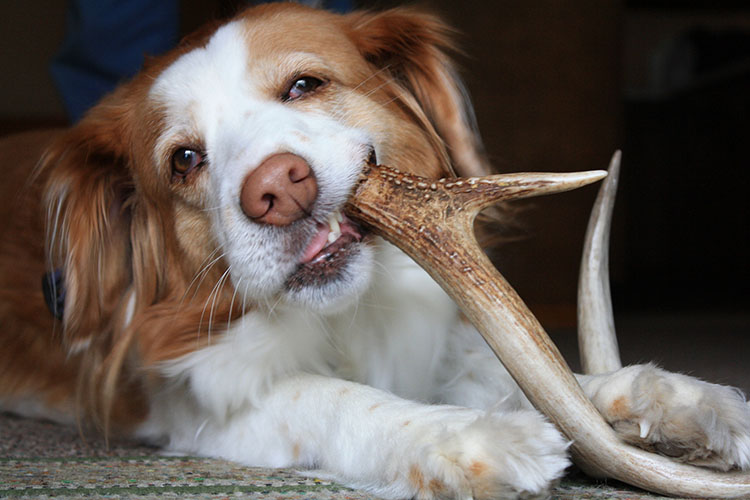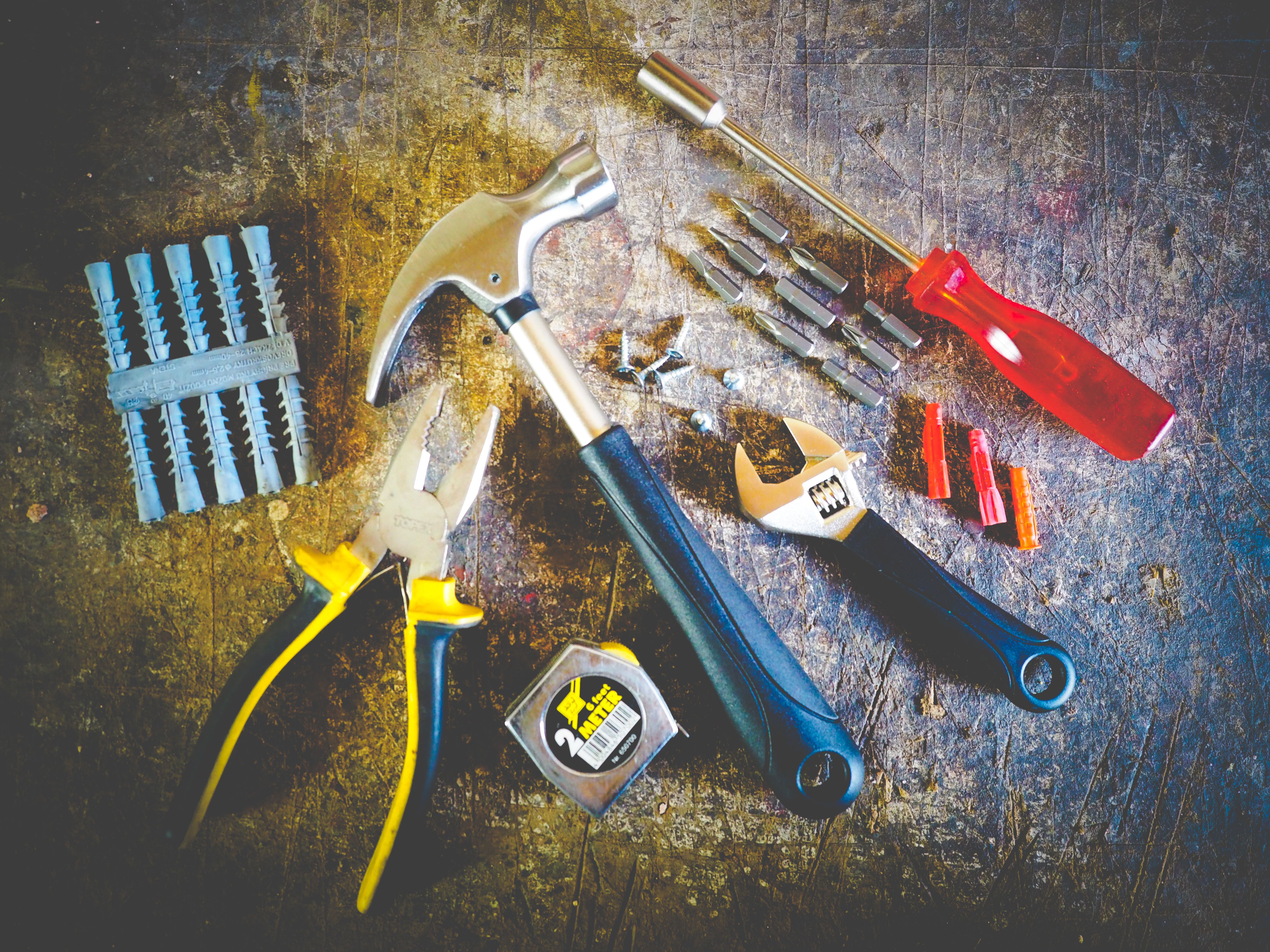What makes a good dog chew toy, especially for aggressive chewers?
Finding safe dog chews suitable for the chewers who are aggressive isn't an easy task. Even the most effective dog chew toys in the market could be the victim of an aggressive dog's jaws. It's often easy to figure out which kind of chews are safe for your pet from injuries or acting out in a destructive manner.
If you're looking to pick a chew to satisfy your aggressive chewer, it's important to be aware of the different kinds of chews on the market, along with the advantages and disadvantages of each.
This article will offer some ideas for selecting the right dog chew that is safe for your dog's ferocious chewer. From determining the safest item for dogs to chew to ways you can minimize the chance that you'll cause injury for your pet (and the toys they play with!) You will find all essential chewing tips in this guide.
What's the best option for dogs to chew?
Dog chews can be found in a variety of types, but chews that are edible and not edible are the two major kinds. Non-edible chews are composed of materials such as nylon, rubber, or other plastics that are not intended for consumption. These chews are edible and can provide your dog with a fun experience and tasty treats.
For dogs who have a tendency to chew, the chews that are not edible are typically the best option. Certain chews contain compartments that can be used to store snacks for pets. This is an excellent method to offer your dog an enjoyable treat without the dangers that come with chews that are edible.
These chew toys usually offer the added challenge for your pet and also require the dog to work for their food. This is an excellent way to ensure that the soft dog treats last longer for chewers who are aggressive.
What does the chew consist of?
Does it come from the bone? or something else equally durable? It could pose a safety risk.
Are they made of something similar to fabric, which your dog could breakthrough in a flash? Get rid of it and choose something more durable, such as rubber or nylon treats.
What is the ingredient list? Are they safe? Or are they just sweet and full of unhealthy ingredients? Are there any weird or suspect chemical compounds? Are there any substances your dog could be sensitive to?
Where are the snacks or chews created?
The place where a chew toy or treat is made could affect the safety of the product. To ensure the best quality, we recommend pet owners buy chew toys and chews made by the USA, Canada, Western Europe, Australia, or New Zealand.
There are, of course, certain exceptions to this rule (like the yak treats are produced in Nepal due to the dearth of milk from yak). However, if you purchase a treat or chew toy made outside of these countries, you should be sure you do your homework on the ingredients, preservatives added, and other materials.
What are the potential risks associated with chewing dog treats that are edible?
For chewers who are aggressive, selecting the right chew to eat isn't always easy. Chewing with aggression is often a matter of not knowing their limits, and they can be destructive. Soft chews, for example, dental treats, can be eaten up quickly and provide little stimulation for your pet.
However, stronger chews are not always the best option. A lot of chews that are hard to chew can increase the chance of injury and may cause digestive problems for pet owners. Bones may break and cause harm to the mouth of your pet as well as its digestive tract.
Although this is usually observed with cooked bones, there is still a chance when feeding raw bone to an aggressive chewer. Additionally, those who chew aggressively tend to consume these tasty snacks quickly. They can be extremely heavy and are designed to be eaten slowly. Ingestion of the chew in a hurry could cause diarrhea or other symptoms of stomach upset.
Let's look at a few of the chews available currently being sold.
Antlers

In recent years, elk antlers, as well as different types of antlers, have become more popular in pet supply shops as chew toys for dogs. These are considered better than the best dog toy for super chewer. On the positive side, the possibility of bacterial contamination or poisoning that comes with antlers is minimal in comparison to bones and other chews.
On the other hand, antlers are extremely hard and inflexible. Chewing on antlers is a risk in dental breakages, specifically those of carnassial teeth (the massive chewing teeth that are located on both sides on the jaw's upper side beneath the eyes).
Carnassial fractures can be painful for your dog and generally require the removal of the tooth affected or more advanced treatments for teeth (such as root canals). Furthermore, antler pieces swallowed can cause intestinal obstruction. So, many veterinarians suggest using antlers as chew toys.
Bones

Bones are long-time considered as a "typical" or "traditional" chew toy for dogs. However, there are many health hazards related to the use of bones for chewing. If you feed your dog raw bones, it could result in food-borne illnesses like Salmonella as well as E.coli.
Bones may also be tough, leading to tooth fractures. In addition, swallowed bone or bone fragments could cause intestinal obstruction. Many pet owners cook their dog's bones to decrease the chance of food-borne diseases, but cooked bones tend to break into splinters when chewed.
Splinters from chewing can cause severe harm in the mouth cavity as well as an intestinal tract which makes bones that have been cooked a particularly dangerous option.
Nylabones

Nylabones are a very popular chew toy that dogs love to chew. Like antlers and bones, Nylabones typically have a tough consistency, which makes them an ideal source for dental fractures in dogs.
When you purchase a Nylabone for your pet, ensure that you choose an elastic, soft Nylabone chew. They have a bit of "give" when they are chewed, reducing the chance that tooth fractures occur.
However, even soft Nylabones aren't completely safe. Should your dog gobble on a Nylabone and then consumes a chunk, this can cause intestinal obstruction and require emergency surgery. Chews that are soft can be the most effective Nylabone alternative. However, they are best used under strict supervision.
Yak chews

Himalayan chews made of yak are made by boiling cow and yak, after which it is dried over several weeks, resulting in an extremely firm chew. Although this may appear to be a natural way of chewing, which is good for dogs, it is important to know that yak cheese is very hard when it's dried.
Thus, chewing on yak cheese may carry the same danger of dental fractures, just like Nylabones that have hard antlers. However, on the positive side, they are designed to digest. If your dog manages to cut off a piece of a chewy yak and swallow it, your stomach will digest it easily.
Tendons

Beef tendon chews could be safer for dogs' teeth than chews that are hard as long as the tendons are treated in a manner that contains a small amount of flexibility.
Consider chews made with tendon on a per-product basis. You might be seeking something that comes with jerky-like consistency. If the chew is as tough as bone, it may cause harm to your dog's teeth.
As with all tendon chews, they should be handled with caution. When the size of the chew decreases enough to swallow, remove the chew away to avoid the possibility of ingestion and obstruction of the intestinal obstruction.
Dental chews

Dental chews are most likely the best choice for your dog, but only if you pick the appropriate chew. There is a range of chews that are advertised by the name of "dental chews," only a few dental chews actually provide benefits for oral health.
If you're looking for a chew, be sure to look for a seal that indicates this chew has been "VOHC accepted." This Veterinary Oral Health Council (VOHC) seal signifies that the chew has passed tests to confirm its claims to support dental health.
You must look for the VOHC seal since it’s the only indication of dental benefits and safety. Even products that have the VOHC seal can cause intestinal obstruction if they are consumed. Also, it's crucial to watch your dog carefully and be sure to remove chews once they are smaller enough that they can be swallowed.
What are the best chewing dog treats for aggressive chewers?
1. Take a look at how hard it can be
When searching for secure yet best toys for tough chewers dogs, it's important to think about the degree of hardness. The chew that is too tough can result in broken teeth and other mouth injuries.
It is recommended to select chews that contain a mid-level of hardness. One way to gauge the hardness of the chew can be to test it by tapping the chew against your knee. If it is strong enough to cause pain to your knee, it's too much for your dog.
Another test you can take to check the substance of chews for dogs is to test the chew's finger. If you put your finger into the chew, it should feel some flexibility and make an indentation. Similar to the test of kneecaps, if you can't do this, then they chew is too tough for your dog and could cause injuries.
If you want a chew that is not edible, look into toys made of tough rubber. They are durable and can withstand the wear and tear of hard chewers. Try to test such chews with a fingernail to ensure that the rubber isn't overly hard. Avoid chews that are composed of tough plastic.
2. Choose a chew of appropriate size.
No matter you are choosing some great dog toys for aggressive chewers, the size of the chew is important. The chews of dogs in the wrong size for your dog will not last as long and could cause danger to choke. This is especially a worry for chewers with a strong personalities.
Chewing with aggression can cause them to consume chews in a hurry and can take a small bite and swallow it during their exuberance. The majority of chews come with an indication of weight and size printed on their labels. Don't buy a product that is labeled for dogs that are smaller in size than you.
If in doubt, opt for the chew that is larger. A chew made for a dog that is slightly larger might be more durable and last longer than a more aggressive chewer. If you're chewing with an edible treat, take care of the amount of food you allow your dog to consume in one go.
3. Supervise your pet
Every dog chew has the potential to be risky for your pet, especially if you have an aggressive chewer pet. You must be aware of chewing dangers when you introduce your dog to the new chew. The risks mentioned include mouth injuries as well as choking hazards, and even the risk of ingestion. Be sure to examine the chew carefully and be aware of any warnings on the packaging.
If your dog tends to be aggressive with chews, make sure they have access to the chew only under supervision. Be vigilant with your dog, and remove the chew when it gets damaged. Although the suggestions in this article will aid you in selecting a safer chew, still, no food is risk-free.
4. Flavors and Scents
Some good toys for dogs to chew come with added scents and flavors that can be extremely appealing for your pet. However, you should take your time when evaluating each flavored, scent-laden chew or toy you purchase.
Certain flavor and scent additives may stain furniture or fabrics. If you're having trouble with your dog stealing toys and food under furniture or other areas that are tight, it is possible to be left with an awful scent in a shady area within your home.
But the smells and flavors certainly aren't all bad. For instance, some of these ingredients can have advantages like breath freshening or cleaning properties, which you might be looking for.
Be cautious with all chew toys for dogs
Finding a dog chew that is safe for an aggressive chewer can be a challenge. However, the super chewer coupon offers you good discounts. Still, dogs can be extremely destructive with their chews, and they can quickly finish them as well. This can not only be frustrating, but it also puts your pet at a greater chance of getting injured.
If you are concerned about whether a certain chew is suitable for your pet, think about speaking with your veterinarian. Veterinarians typically deal with accidents that can result from chewing on dogs and will help you decide the right chew for your pet. The tips about chewing for pets in the article should have surely helped you in thinking about the next time you're looking for a new toy for your dog.






